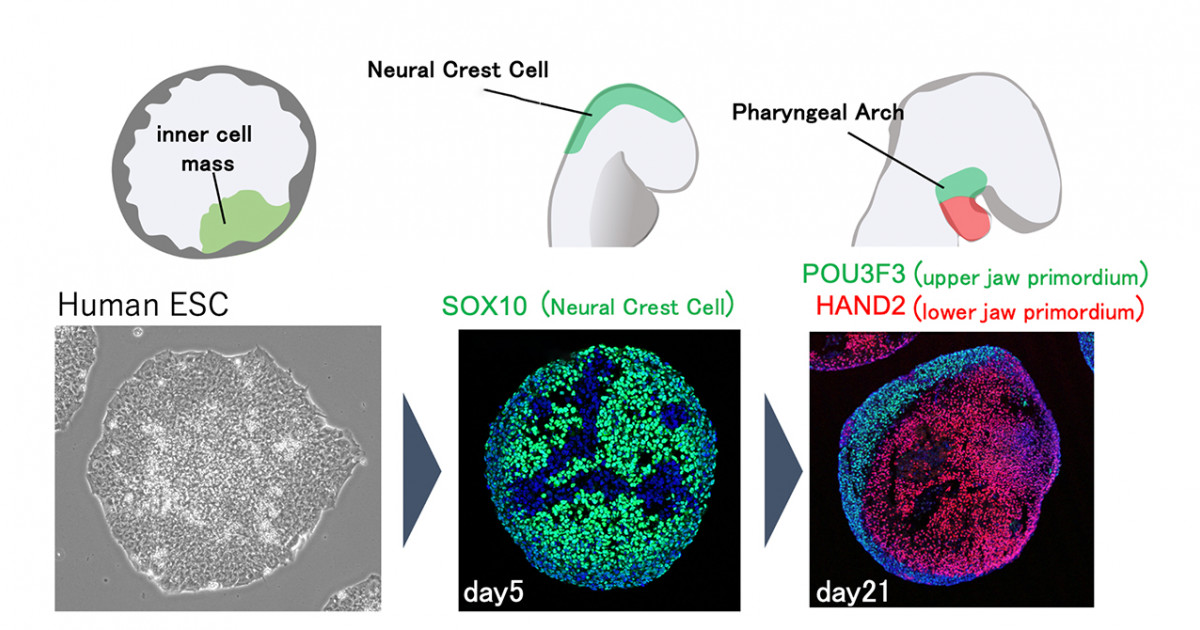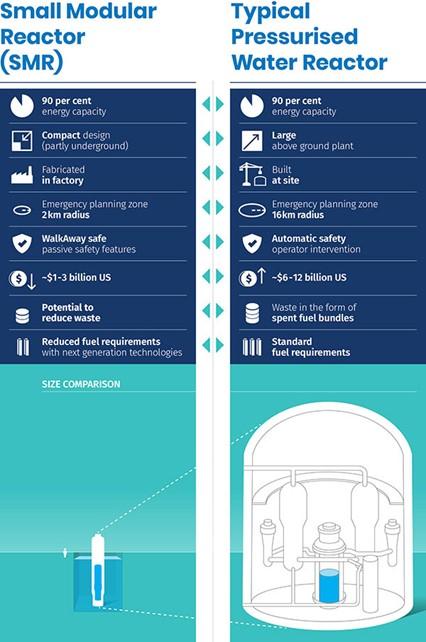Two online tools that provide farmers with crucial drought and climate information specific to their farms have been upgraded following consultation across eight agricultural regions.
Minister for Agriculture Fisheries and Forestry, Senator Murray Watt, said additions to the DR.SAT and CSA platforms would give more farmers and agricultural businesses a clearer picture of climate trends likely to impact them.
“The Australian Government recognises that the favourable seasons we’ve seen in many parts of regional and rural Australia recently won’t last forever,” Minister Watt said.
“That’s why innovative digital tools for farmers, like DR.SAT and CSA, are essential to prepare for the return of dry conditions and the changing climate, and the agricultural industry’s goal of $100 billion in farm gate production by 2030.
“Together these two tools provide a strategic overview of climatic conditions on individual farms, and their resilience to them – now, and in the future.
“They are complemented by other Future Drought Fund programs which support farmers and communities to respond appropriately to what the information tells them.
“This includes building the capacity of farmers to plan for and manage drought and climate risks, and support to adopt farming practices that improve resilience.
“It’s pleasing to see DR.SAT now has environmental resilience assessments for more commodities and regions and that new commodities have been added to CSA.
“This follows engagement with users across eight pilot regions to ensure the platforms provide practical and relevant information to help build farmers’ climate adaptability.
“DR.SAT now includes soil moisture projections across Australia and CSA includes information about extreme years.
“This adds to the tools’ existing forecasts for temperature, rainfall, heat and frost risk, plus seasonal forecasting and information specific to a range of commodities.”
Climate Services for Agriculture: https://climateservicesforag.indraweb.io/
Drought Resilience Self-Assessment Tool: https://www.drsat.com.au/
Fast Facts:
- Providing farm-specific insights, DR.SAT now includes environmental resilience assessments for:
- dryland cropping (oil seeds) in Victoria’s Mallee/Wimmera and Western Australia’s wheatbelt
- temperate fruits, such as apples, pears and summer stone fruits in Southern Victoria and Northern Tasmania,
- citrus in Riverina/Goulburn and the Riverlands-Murray regions
- expanded dairy areas across southern Australia.
- DR.SAT’s Birds Eye View function allows users to view satellite imagery and data of past and current property conditions and has been updated to include land temperature.
- Resilience assessments include financial, personal and social, and environmental indicators.
- DR.SAT also provides tailored options and resources to support farmers make strategic decisions.
- CSA provides historical climate information, seasonal forecasts, and future projections in one location, so producers and agricultural businesses anywhere in Australia can find out what the future climate is likely to look like in their region, how it compares with recent decades and what it might mean for what they produce.
- By June 2024, CSA will also provide regional-scale adaption options and different scenarios for farmers to consider.
- CSA now includes specific climate insights for additional commodities: cotton, sugar cane, sorghum, dairy, wine grapes and oranges.







